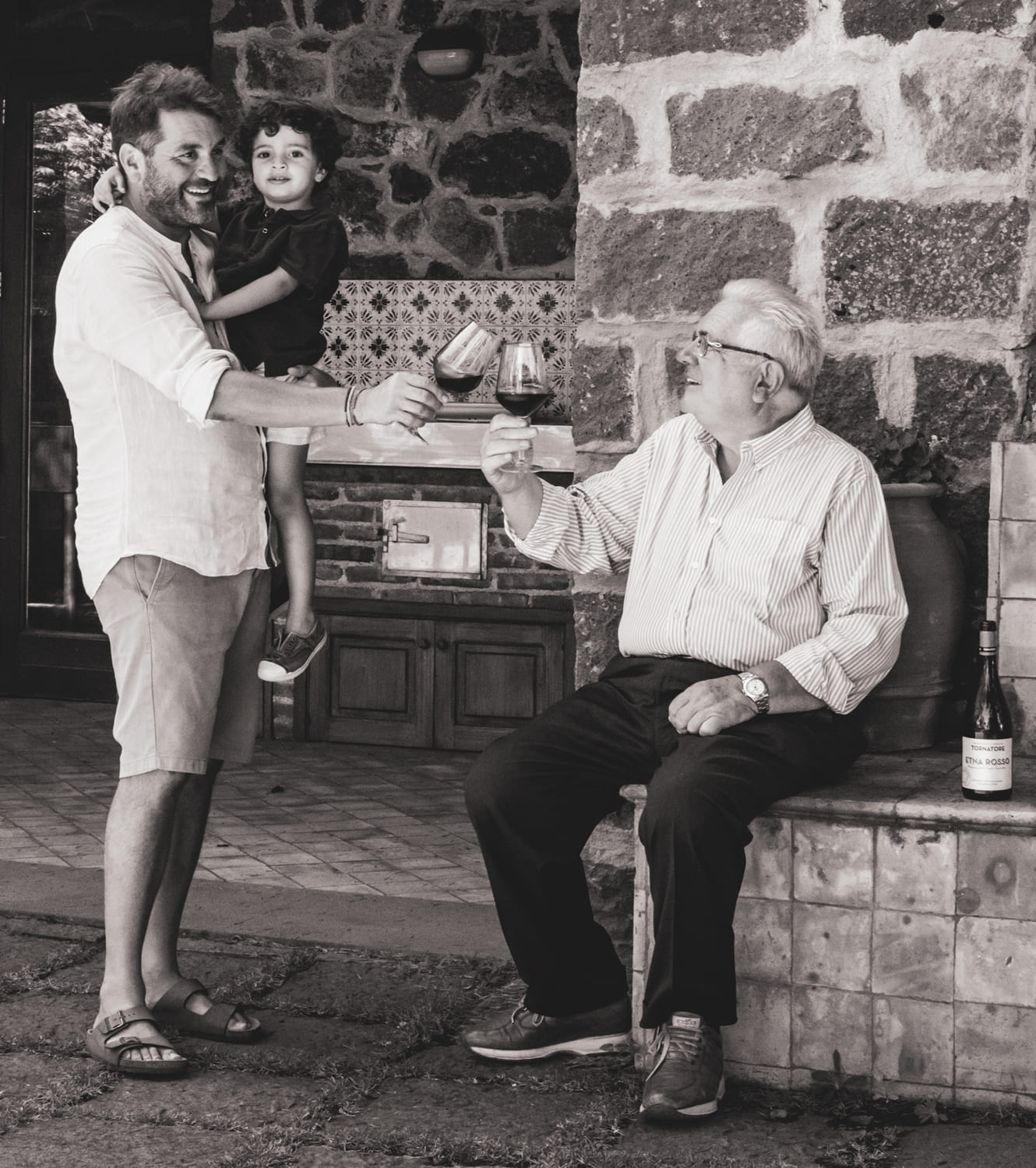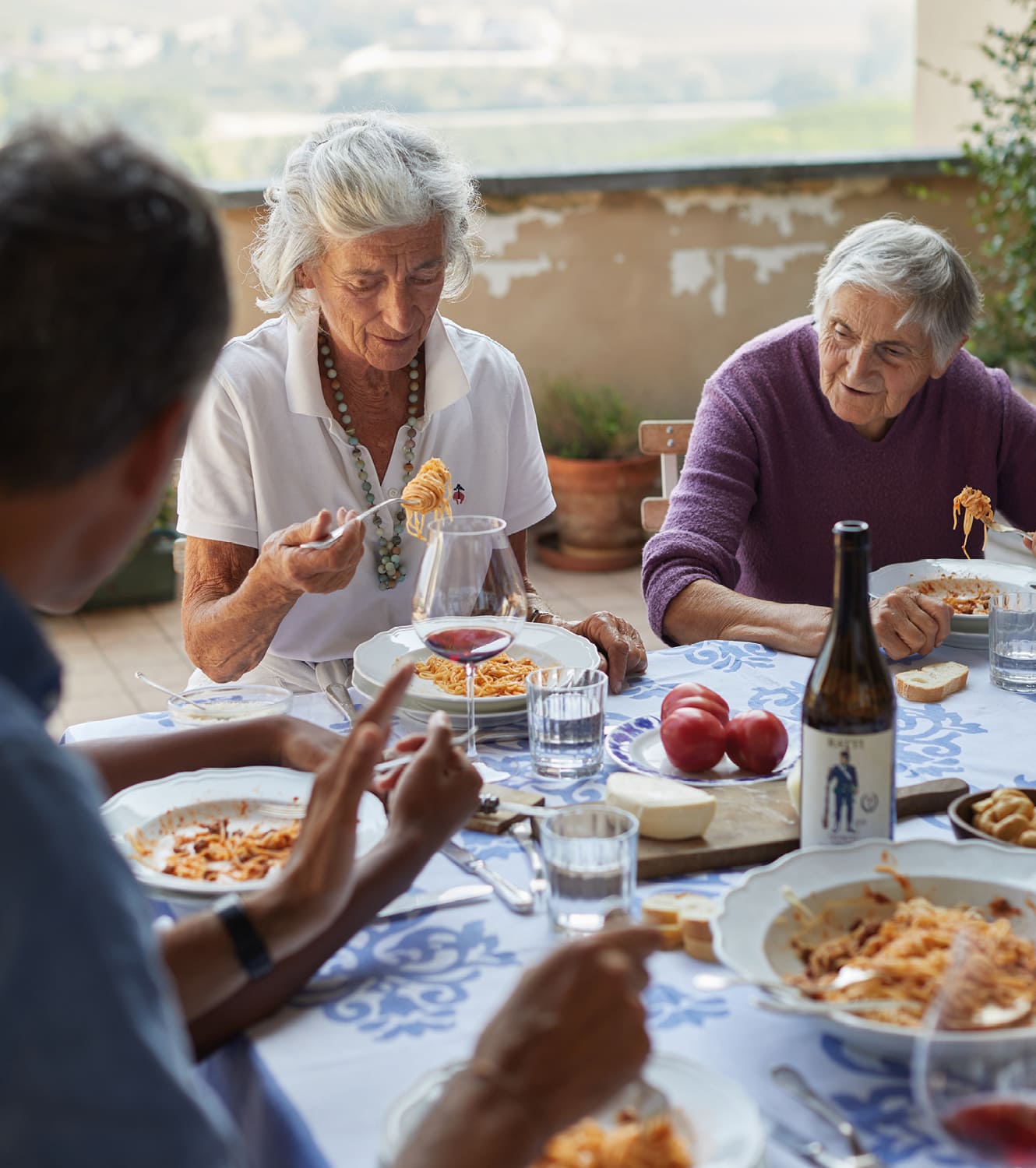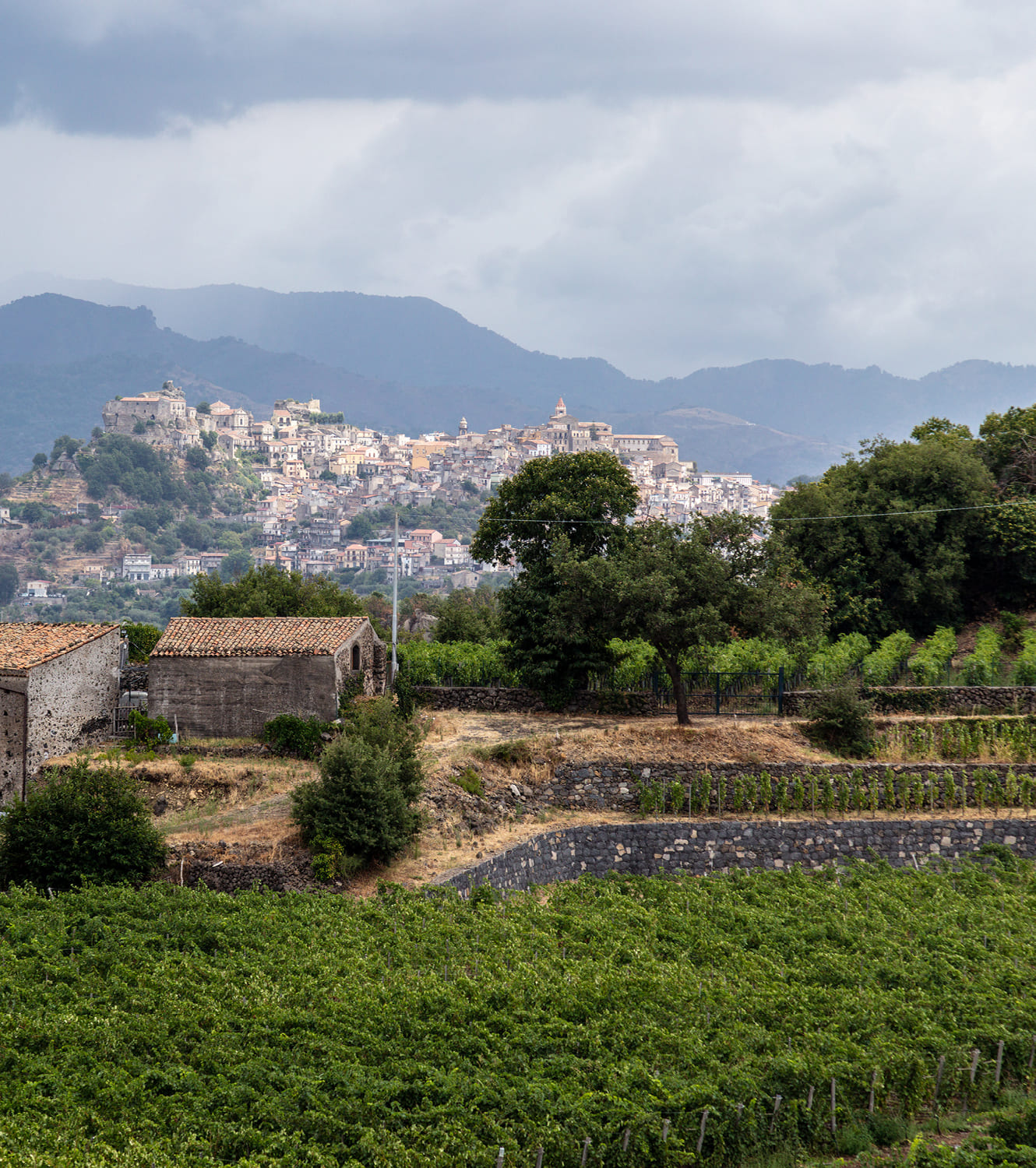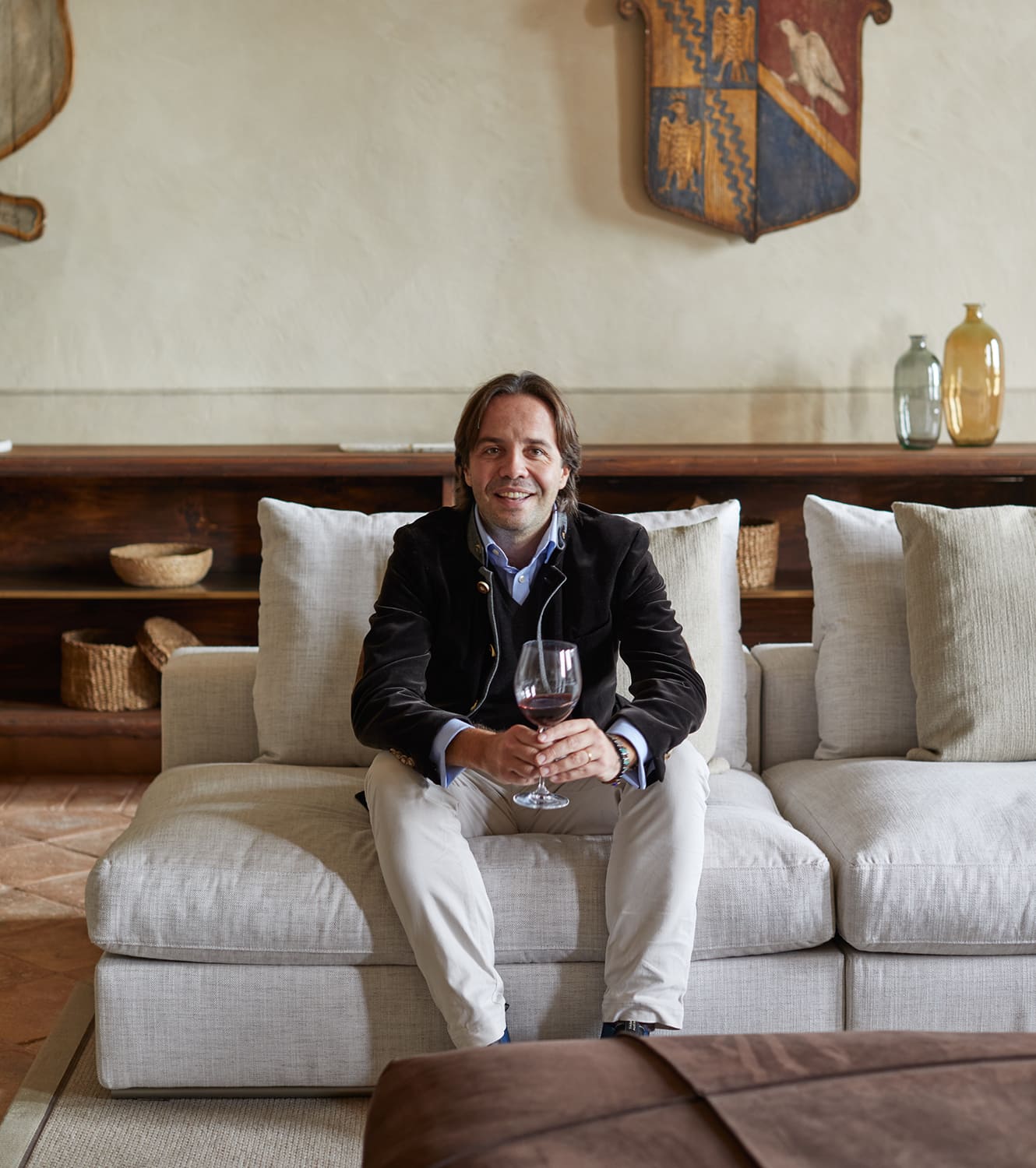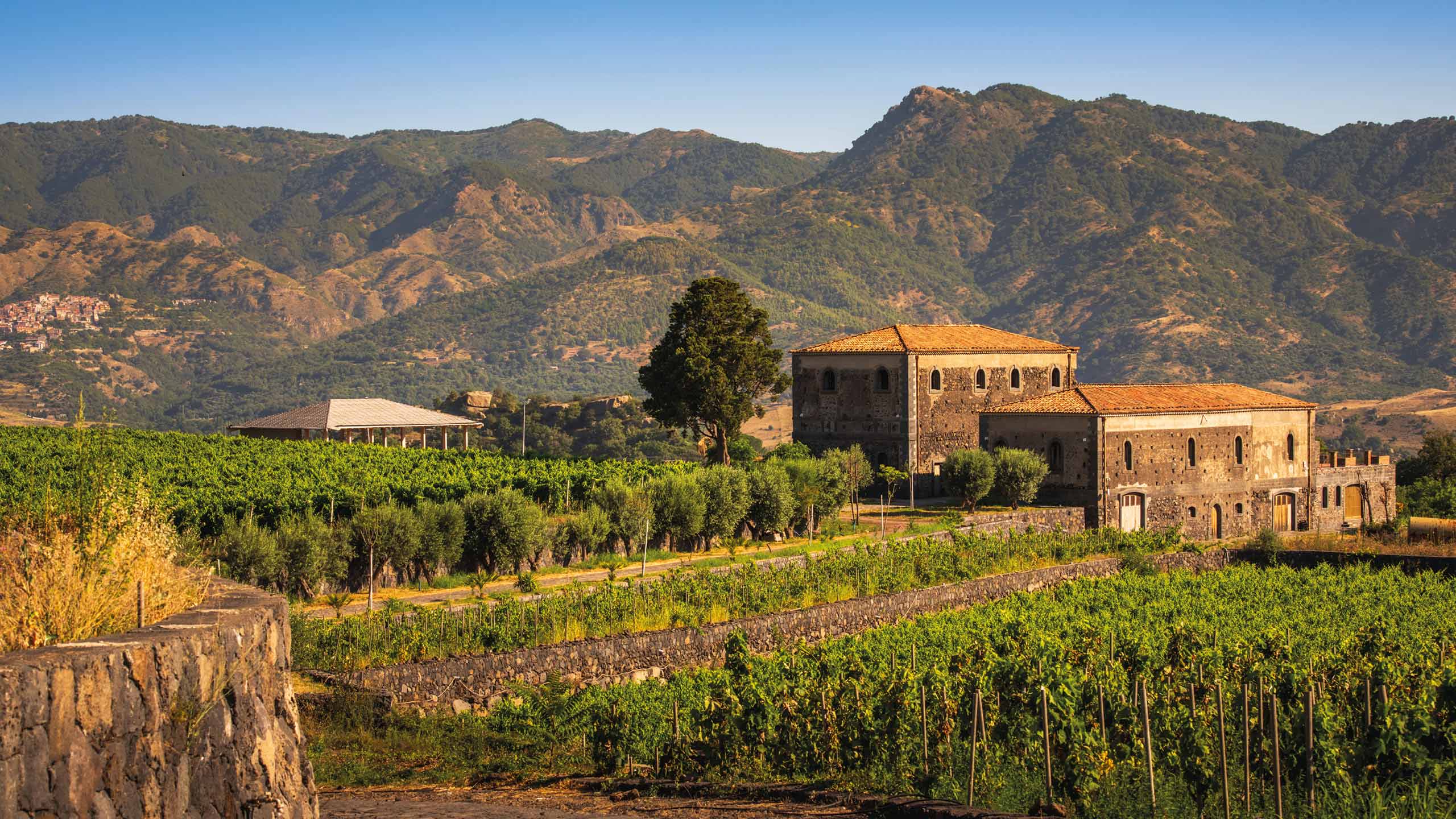
WILD ETNA
Sarah H. Bray explores the fertile slopes of Mount Etna in Sicily, a sought-after terroir renowned for its hundreds of parcels producing an amazing variety of wine expressions
Black earth rises precipitously from the Ionian Sea to the 3,357-meter peak of Mount Etna, Europe’s highest active volcano. Its summit craters dominate the skyline, often puffing smoke like a Carrollian caterpillar, or spewing veins of lava suspended in the night sky. For centuries, winemaking here has been part of the island’s heritage, but over the last 30 years, there’s been a revolution in quality, and demand for the wines of Mount Etna has exploded. This revival has transformed the region from a backdrop for Greek odysseys to celebrated terroir, with producers focused on defining the differences of this dramatic land.
Etna is a composite volcano sitting at a convergence zone where the African and Eurasian tectonic plates collide, increasing pressure until the subterranean magma erupts through various breaks in the earth’s crust as lava, ash, rock, or gas. These flows offer a dramatically variegated terrain on which to grow grapes with vastly different, almost extreme variations following changes in elevation and soil compositions. Adjacent parcels are at times wildly different as they effectively come from different epochs of geological history.
These areas on the mountain are divided into territories called contrade, which have been transformed into a sort of appellation system on the volcano. The existing 133 contrade of the Etna DOC are centered around 11 main municipalities that form a backwards-C from the northeast near Randazzo to Milo in the east, then back around to Biancavilla in the southwest, changing in elevation as the appellation curves around the mountain.
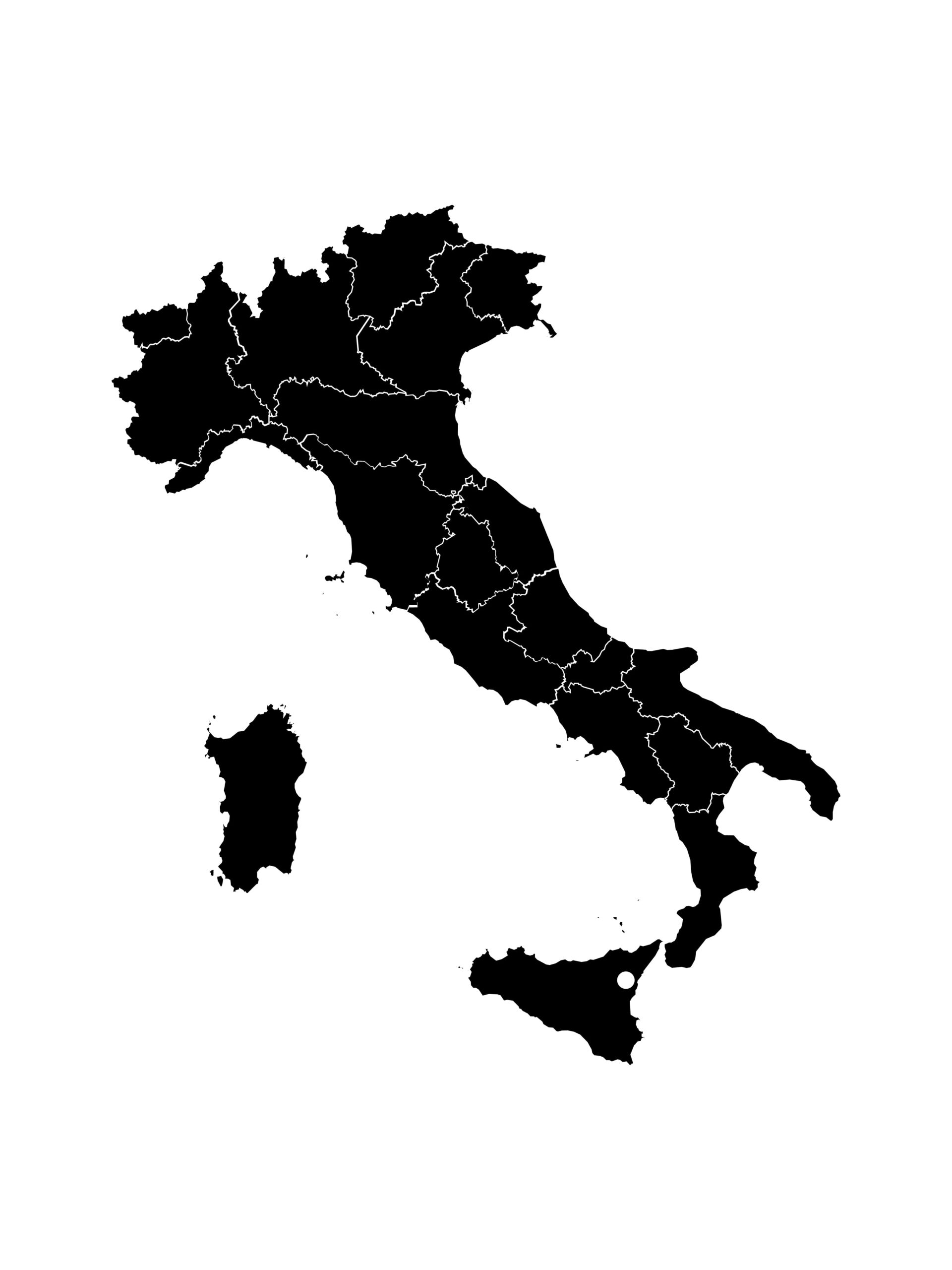

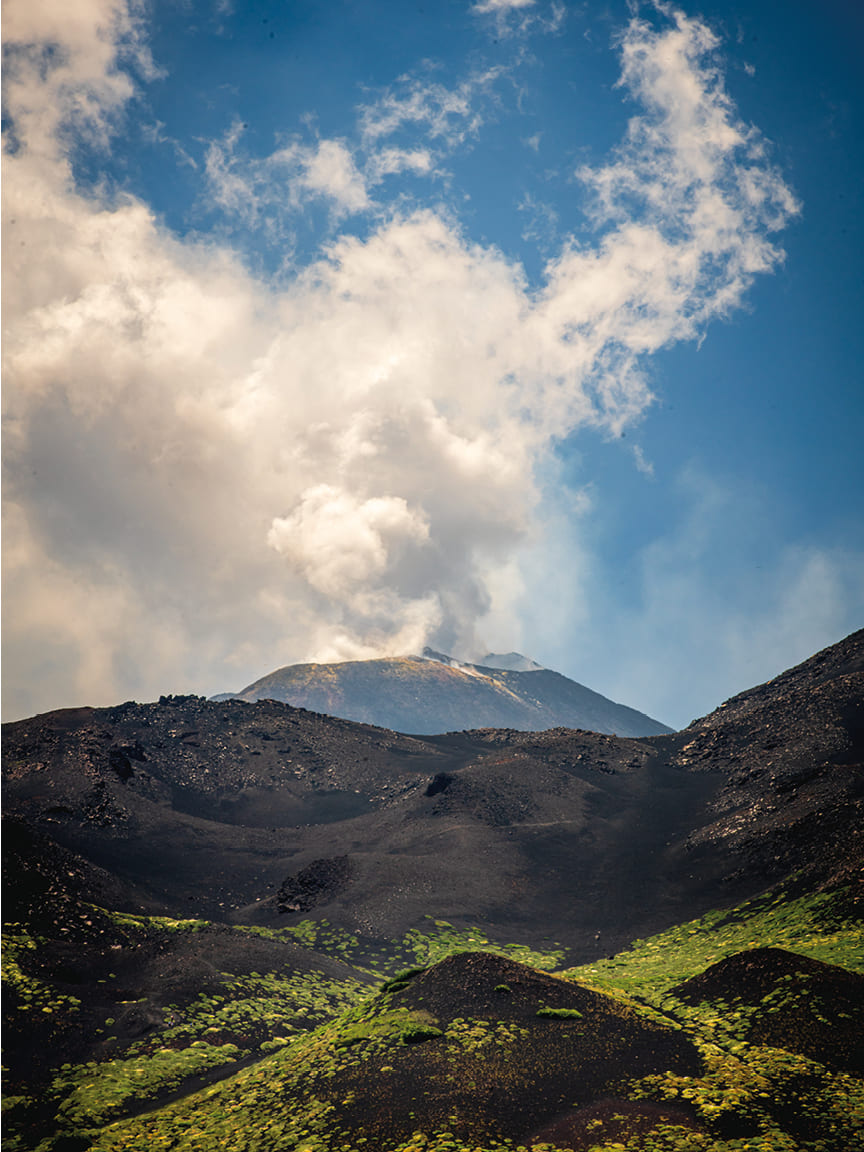
With deep roots in Castiglione di Sicilia, the Tornatore family planted vineyards in Etna DOC’s prime contrade. In the early 1990s, Francesco Tornatore expanded to the northern slope of the volcano, starting wine production in 2012
CRATER TO CRATE
With 41 contrade under its jurisdiction, Castiglione di Sicilia is the heart of Etna’s northern winegrowing area. The town itself dates to medieval times, with a strategic position on a hilltop above the Alcantara river. The Tornatore family has a deep connection to this town and, at the end of the 1800s and start of the 1900s, helped draw up the lines for the contrade. Giuseppe Tornatore, who today runs their estate with his father Francesco, notes, “this gave to my family a great advantage in choosing to plant vineyards in the best contrade,” which today extends between 400-900 meters a.s.l.
When the DOC was formed in 1968, their lands sat squarely within its heart, where the grapes could always reach maturity. In the early 1990s, Francesco purchased other land within the same zone on Etna’s northern slope, and they began to produce wines from their lands beginning in 2012. Two of Tornatore’s single vineyard wines, Pietrarizzo Etna Rosso and Trimarchisa Etna Rosso, are red wines from nearby contrade, both made from Nerello Mascalese and Nerello Cappuccio. Despite their proximity, one is linear and taut, the other richly spiced – clearly illustrating how soil and microclimates create varying expressions.
Nearby, a curious little Byzantine ruin sits in the contrada Sciambro at 500 meters a.s.l., closer to the Alcantara river gorge than to the summit craters, a stone’s throw from contrada Trimarchisa. Locally called the “Cuba,” the small chapel of Santa Domenica lies adjacent to old alberello-trained vines of Nerello Mascalese and Nerello Cappuccio, which since 2017 have been the heart of Giulia Monteleone’s eponymous wine. She observes that the “characteristics of this terroir are tied to the clay-limestone present in the property, as well as to the large diurnal shifts. The area is one of the coldest on the northern side, while the temperatures are notably high during the day. It’s also a very windy zone, given its location in the Alcantara valley.” The wine is evocative with great depth and concentration, revealing another expression of this area where volcanic soils mix with the limestone substrata.
To the east, the DOC rises in elevation around the town of Milo, home to eight contrade and the Etna Bianco Superiore DOC. This area is rainier, with full Mediterranean sun in the morning before it slides behind the mountain; it’s prized for its mineral-rich soils. Maugeri is a newer project on these eastern terraces. Their estate across the contrade of Volpare and Praino has been in the family’s hands for many decades, but it’s only the current generation of three sisters – Carla, Michela, and Paola, who also run the chic Zash hotel at the foot of the volcano – that has reinvested in the vines and the land to launch this project in 2020, predominantly focused on Carricante.
Their ‘Frontemare’ Contrada Praino Etna Bianco Superiore, which means “facing the sea,” is saline and focused, while their ‘Frontebosco’ Contrada Volpare Etna Bianco Superiore is softer and creamier, with a broad mid-palate, not least because the parcel is protected by the woodlands from which it takes its name. These sites are within each other’s sight lines, both at 700 meters a.s.l., split only by a small canyon, and yet differ greatly in their expression of the same grape.
The DOC finally curves around the southern slope toward Santa Maria di Licodia, a warmer, drier, protected microclimate. Here, Antonio and Salvino Benanti, the second generation to helm the estate, have planted Carricante in its sole contrada, known for its high elevation, abundant sunshine, and low rainfall, releasing a Contrada Cavaliere Etna Bianco. “Very high elevation vineyards such as ours in Contrada Cavaliere (950 m a.s.l.) also assure an extremely significant diurnal range. As a result, the wines here tend to be riper and rich, while retaining very high acidity. Carricante wines from Milo, on the other hand, usually display higher finesse, salinity, and longevity,” notes Salvino. The terroir is quite distinctive from Milo, the source of their benchmark ‘Pietra Marina’ Etna Bianco Superiore, but the Carricante here produces an equally compelling wine: textural, broad, and firm, showcasing yet another side of Etna.
Each of these producers is part of this evolving story of Mount Etna, and the increased production of contrada wines is quickly revealing the nuances of this unique growing environment. This exploration of the elevation, soil, and microclimates has helped Etna transform from a forgotten backdrop to one of Italy’s most sought-after wine regions in just a few short decades. As the region continues to grow in prominence, its range of single-vineyard wines shows the immense potential of a land where tradition meets innovation, as it continues to erupt with new producers and ideas as frequently as the volcano itself.

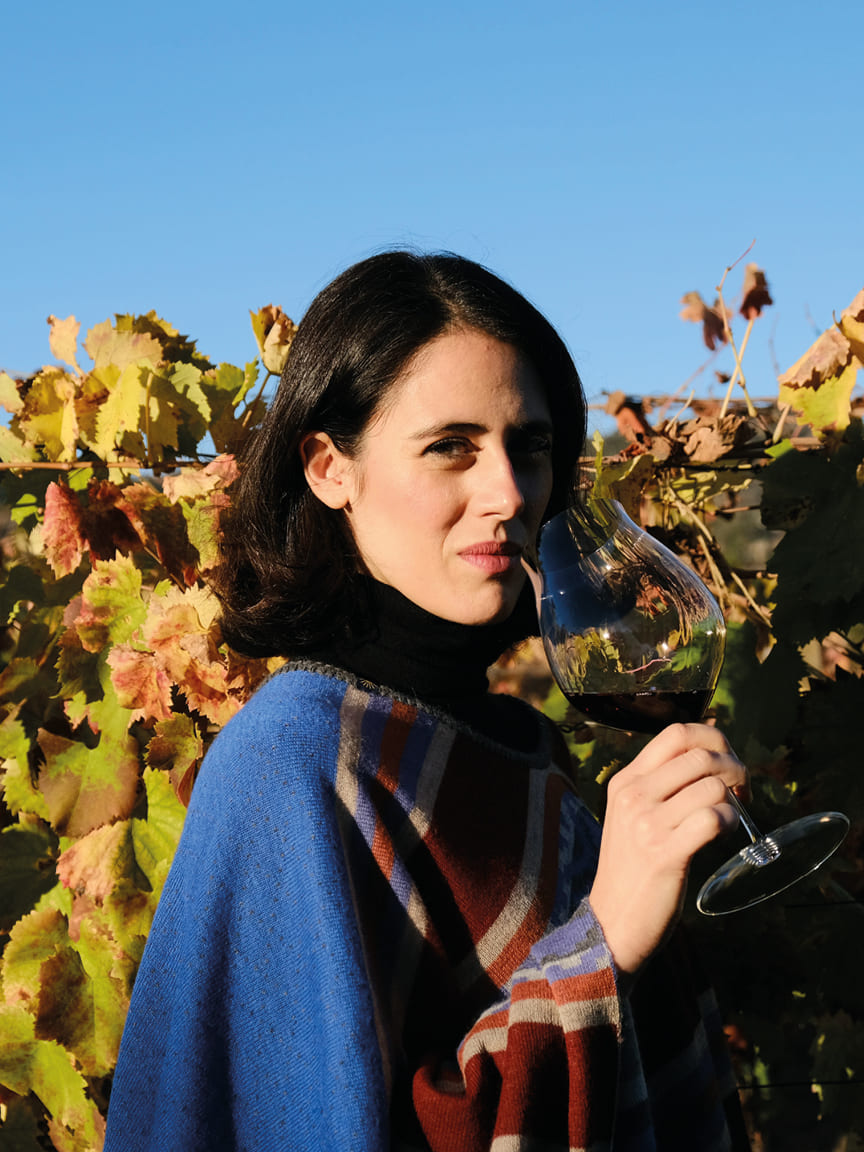
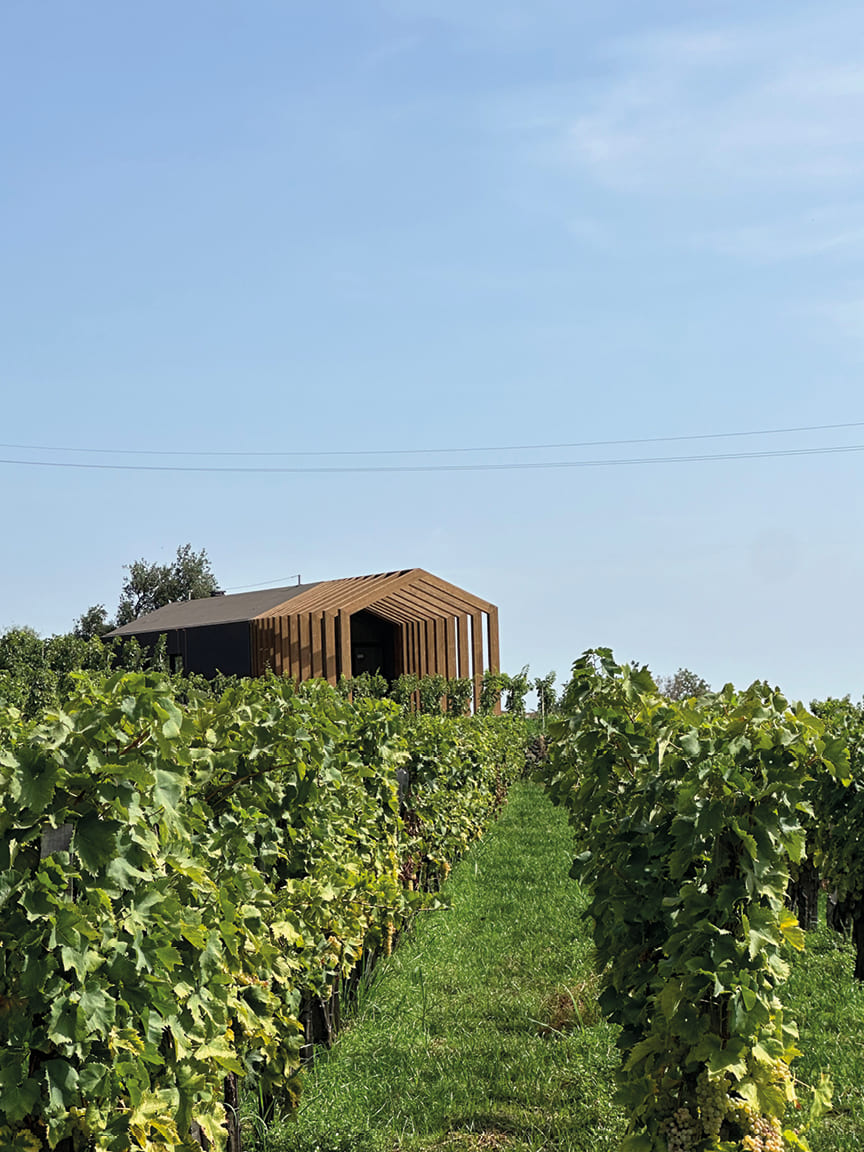
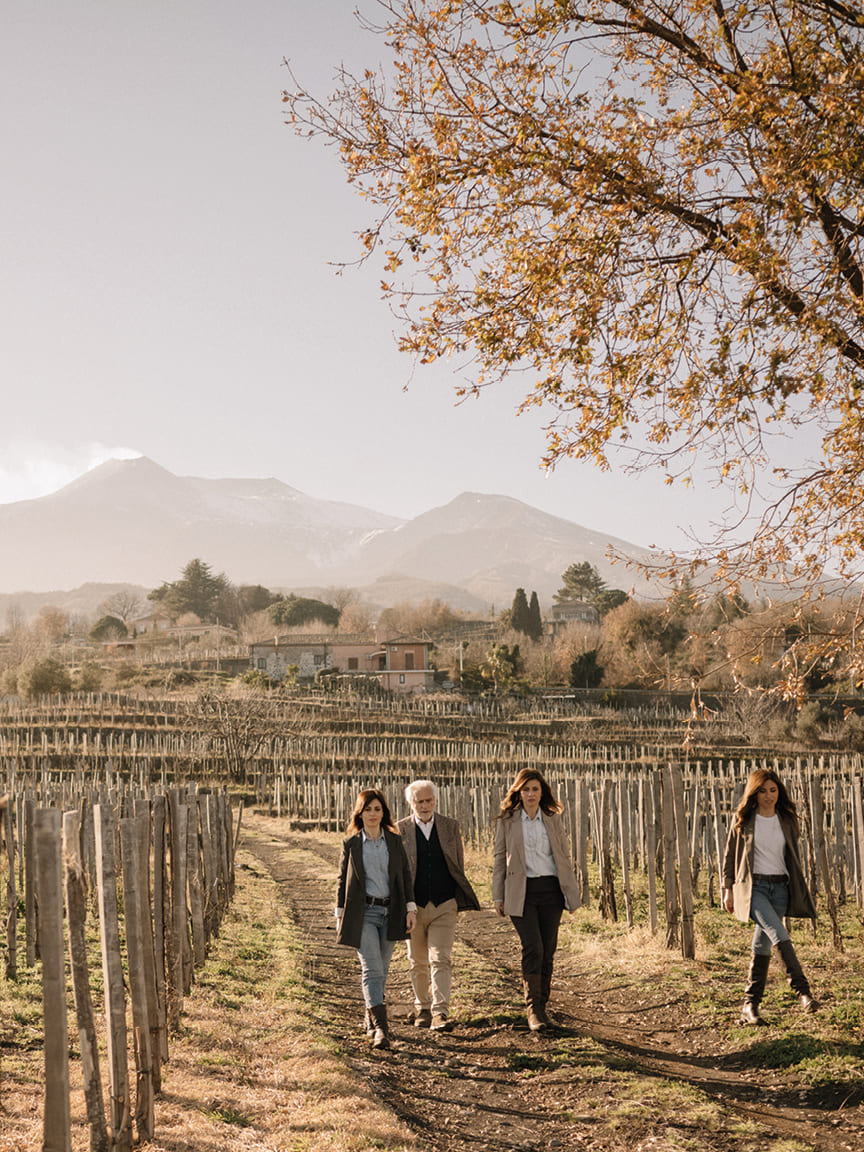
Etna is a composite volcano at the junction of the African and Eurasian tectonic plates. Wines from Giulia Monteleone’s eponymous winery showcase the area’s volcanic soils and limestone substrata. Launched in 2020 on Etna’s eastern terraces, Maugeri, run by sisters Carla, Michela, and Paola, focuses on Carricante, producing wines with distinct expressions of the same grape
“Adjacent parcels are at times wildly different as they effectively come from different epochs of geological history”
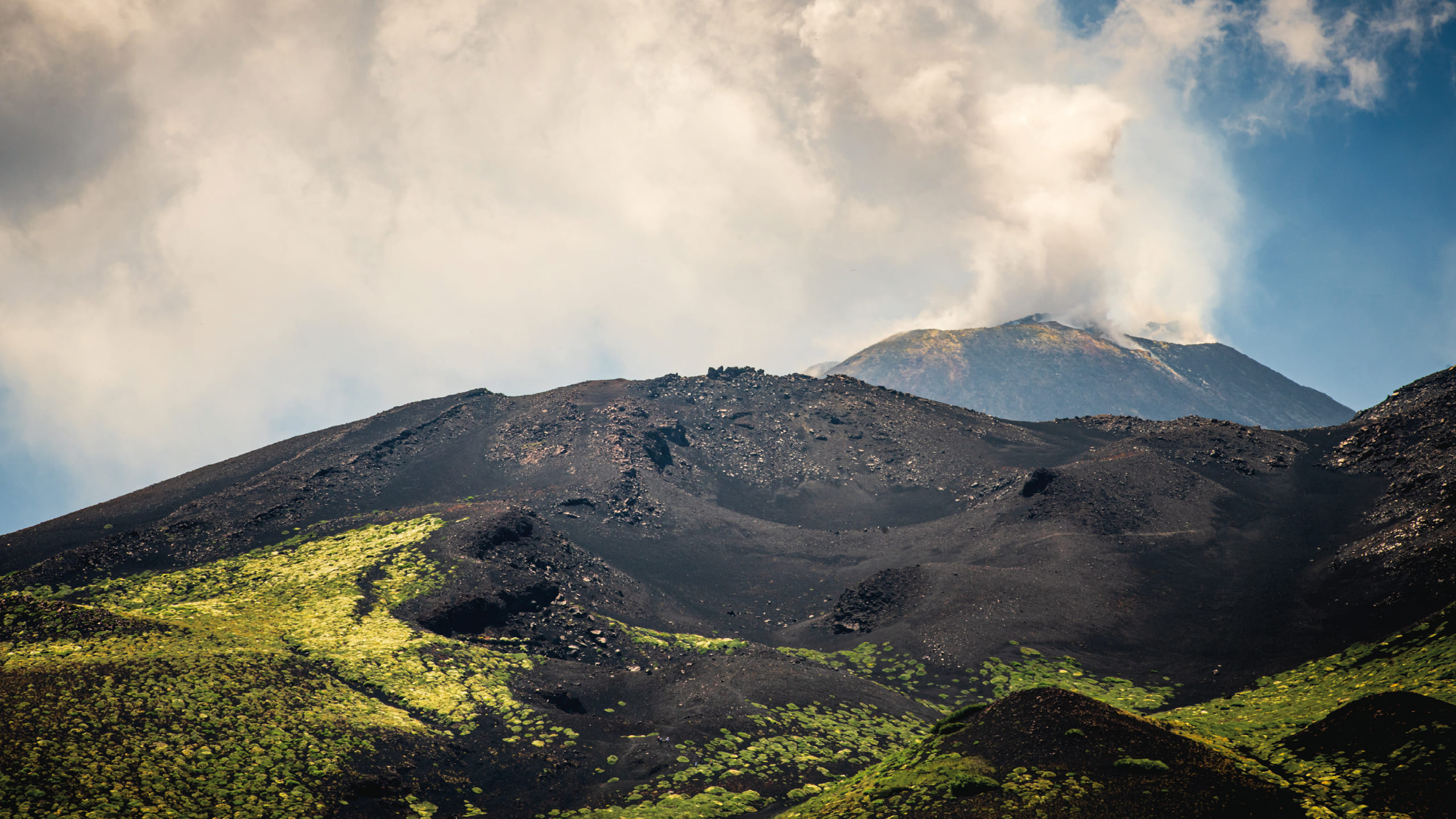
Photography ©Maugeri, Monteleone, Spinach Branding for Maze Row
We recommend
IT’S A FAMILY AFFAIR: TORNATORE, THE SICILIAN WINERY
Listening intently to the land, fastidious soil mapping and a scholarly approach to viticulture, has earned the oldest Montalcino winery’s Brunello, red wine of the year. Nargess Banks visits the Tuscan estate to learn more
ITALY’S SECRET SAUCE
Italy is making bold moves in the global wine industry, surpassing France in wine production and raising the question: what’s the country’s recipe for success? Kathleen Willcox reports
WINE TRAILS ITALY: SICILY AND MOUNT ETNA
Continuing our Italian road trip in Sicily and Mount Etna, we visit the wineries and sample the cuisines that best reflect this unique part of Italy
MASTER CLASSES
Nargess Banks investigates how young winemakers look to seasoned maestros for inspiration and guidance, perpetuating their hard-earned knowledge and techniques

